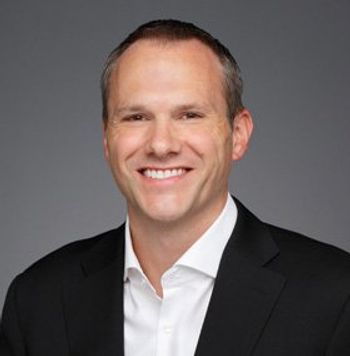
There’s surprising findings in Numerof & Associates’ study about healthcare executives’ population health management objectives.

There’s surprising findings in Numerof & Associates’ study about healthcare executives’ population health management objectives.

While there are different ways that healthcare organizations can nurture emerging leaders, most incorporate these five critical aspects.

Healthcare leaders share their top book recommendations. How many have you read?

A Ball State University study has astonishing findings about racial and ethnic minorities and their participation in health-related research.

A new survey of practitioners has unpredicted findings about using EHRs to engage with patients.

An ONC report finds that more patients are engaged with their health records. Here’s why.

For the first time, Managed Healthcare Executive has selected 10 emerging healthcare industry leaders, working in the areas of pharmacy, health plans, health systems, and technology.

Executives say they are prepared for the upheaval budding technologies represent, but few are truly prepared, according to a West Monroe report.

FDA is re-examining the safety of a breakthrough Parkinson’s disease drug after reports of hundreds of deaths.

After FDA approved the first epinephrine injection specifically for infants and toddlers last year, the drug is now on the market.

Here are five ways healthcare organizations can be more proactive about patient payments.

The goal is to help ensure that prescription drug marketing information for consumers and healthcare providers is truthful and balanced. Here’s what the agency plans to research.

No matter how you look at it, the toll of diabetes and prediabetes is staggering whether you’re the patient, the primary care physician, the employer or the health plan.




A new study has exciting findings about costs and hospital admissions for Medicare and Medicaid beneficiaries participating in certain food delivery programs.



Apple brings health records to the iPhone. Find out what it means for EHR interoperability and patient engagement.

Drug makers and payers have these challenges to implement outcomes-based contracts, but here are three steps that can be taken as a transition toward these payment arrangements.

Employers’ most commonly offered digital health benefits address health issues that employees rarely report as top health goals, according to a new report.

For all health plans, increasing complexity requires rethinking the presentation of options to members. Choice design, stepped information reveal, high quality, and timely communication, are keys to providing members a helpful and trustworthy healthcare GPS.

FDA approved a new treatment for non-small cell lung cancer, as well as drugs to treat chronic immune thrombocytopenia and a rare form of childhood rickets.

A new program shows promise for improving patient medication adherence. Find out how it works.

A call center-based social support role may be a valuable addition to the evolving healthcare workforce, according to a new study.

Oncology experts shed light on progress of genetic testing and targeted therapies in lung cancer.

Hospitals who have deployed a smartphone-based communications platform, surveyed by Spyglass Consulting Group identified five forward-looking opportunities to expand their existing deployments.

Here are five strategies managed care organizations and healthcare providers can use to support chronic patients and improve the efficiency and effectiveness of chronic care.

Chronic obstructive pulmonary disease (COPD) affects women differently than men. Here are some of the biggest variations.